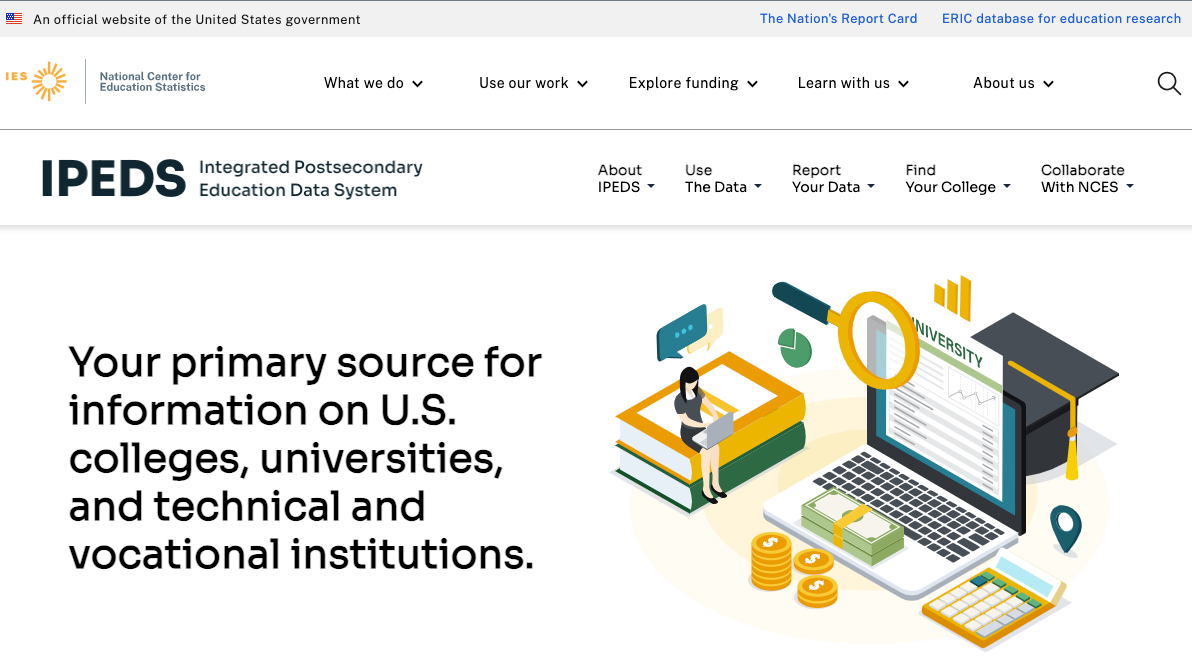Marc Gray is the Founder and Director of Education for Odyssey College Prep and the CEO of Powerful Prep. Marc uses advanced aptitude testing to simplify the college admissions process for students and parents. He also guides students to create targeted passion projects to differentiate their college applications. He currently serves as the Highlands Company’s ambassador to CounselMore. In that role, he enjoys helping other college counselors use aptitude testing to enhance their business. As an active member of CounselMore’s community, Marc hosts CounselMore’s Mentorship Community Roundtable Discussion, where college counselors can learn from one another and instruct each other in best practices.
Early Decision vs Early Action Series
College admissions continue to grow more and more competitive. As such, many parents, students, guidance counselors, and educational consultants on Early Decision. Early decision, to grossly oversimplify, is an application process where a student applies to a college early in the admissions cycle.
Like anything in college admissions tactics, it’s complicated, with no small amount of nuance. Thus, we believe it deserves its own series.
Ed1 vs Ed2: What’s the difference?
As if Early Decision wasn’t nuanced enough, there are two of them: ED1 and ED2. In the next post, we’ll delve into the differences between the two: from their application deadlines to the obligations they place on the parents and students. As such, we won’t cover the myriad complexities of early action in this post. That will be reserved for our next one.
Early Action vs Early Decision - What's the difference?
Early Action is a fairly straightforward process. It offers a tiny portion of the benefits ED does without the pressure of a binding decision. However, it has its own set of challenges that we’ll discuss in a later post.
How College Counselors and IECs Use Early Action and Early Decision
As a college counselor, you guide the hands that steer the ship. Parents and students will follow your lead. That means you have to be able to navigate the hills and valleys and labyrinthine complexities of ED and EA. Throughout this series, we’ll look at a few case studies to help illustrate how counselors and IECs should advise students when to use these application processes.
Conclusion
Early Action and Early Decision are the two most reliable application formats that are advantageous for students. Keep reading the series to learn how to get the most out of each one. In the meantime, if you’re interested in learning more about college admissions, feel free to join Counselmore’s email list or register for our free monthly mentorship meeting.
Happy Counseling!
-Marc



















